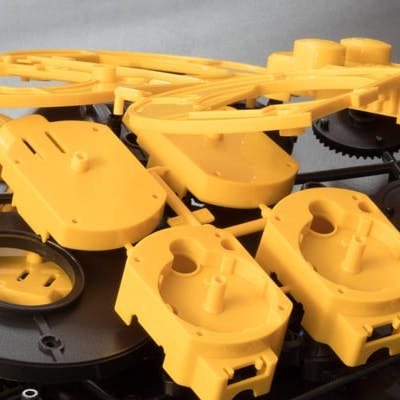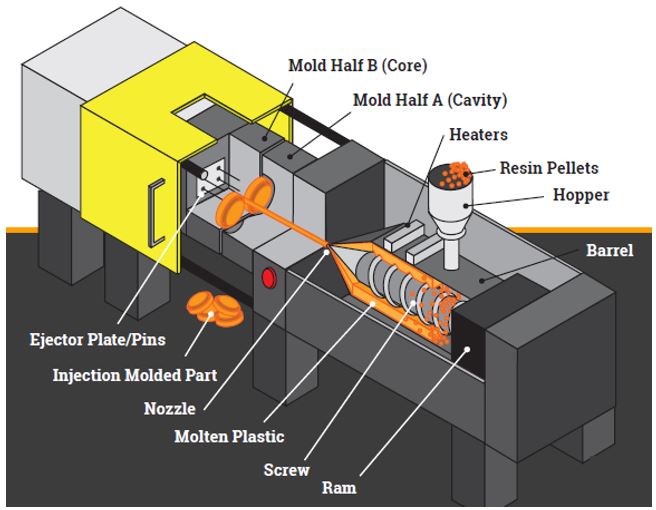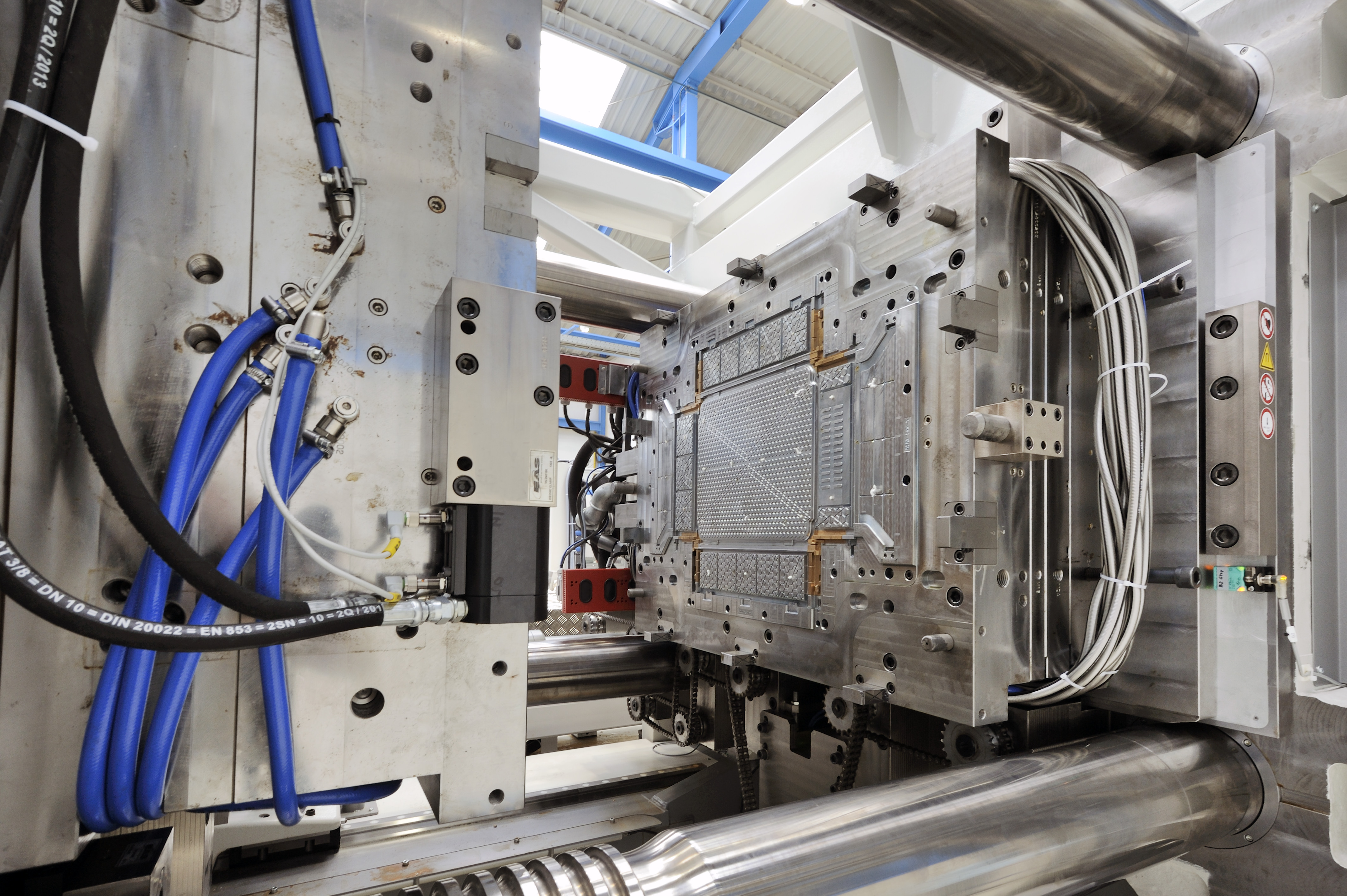Exploring the Future of Plastic Injection Molding in the Production Industry
Exploring the Future of Plastic Injection Molding in the Production Industry
Blog Article
Comprehending the Essentials of Plastic Shot Molding Procedures
Plastic shot molding offers as a keystone of contemporary manufacturing, providing a methodical method to generating complicated elements with accuracy. Discovering these crucial components could disclose exactly how even minor changes can lead to substantial enhancements in manufacturing end results, elevating inquiries about the capacity for development in this recognized procedure.
What Is Plastic Shot Molding?
Plastic shot molding is an extensively utilized production procedure that changes thermosetting and thermoplastic products into precise and complex shapes. This technique is preferred for its capacity to create high quantities of the same get rid of exceptional accuracy, making it an important approach in various industries, consisting of automotive, customer goods, and clinical devices.
The procedure includes melting the selected plastic material and injecting it right into a mold under high stress. The mold and mildew, designed to the specifications of the wanted part, permits the liquified plastic to take shape as it cools down and solidifies. When the product has actually hardened, the mold and mildew is opened up, and the completed element is ejected.
Plastic injection molding provides a number of benefits, consisting of reduced waste, uniformity in production, and the capacity to integrate elaborate styles that might be challenging with other making approaches. Additionally, it supports a wide series of materials, each providing one-of-a-kind residential or commercial properties that can be customized for certain applications. As markets remain to innovate, plastic injection molding continues to be at the center, allowing the development of advanced products that meet developing consumer demands.
The Injection Molding Process
The injection molding process is an advanced strategy that involves numerous essential stages to create high-quality plastic parts. Plastic pellets are fed right into a warmed barrel where they are melted into a viscous liquid. This molten plastic is after that injected under high pressure into a precision-engineered mold and mildew, which forms the material into the desired form.
As soon as the mold and mildew is filled, the plastic is allowed to cool and solidify, taking the shape of the mold and mildew cavity. Cooling time is important, as it influences the cycle time and the final properties of the shaped part. After sufficient air conditioning, the mold and mildew opens, and the ended up part is expelled utilizing ejector pins.

Materials Used in Injection Molding
Various products can be used in the injection molding procedure, each offering unique homes that cater to details applications. One of the most frequently made use of products include thermoplastics, thermosetting plastics, and elastomers.

Thermosetting plastics, like epoxy and phenolic materials, undertake a chemical adjustment throughout the curing process, leading to a stiff, stringent structure. These materials are ideal for applications needing high warmth resistance and structural honesty, often used in auto components and electric insulators.
Elastomers, including silicone and rubber-based materials, provide versatility and durability. Their one-of-a-kind residential or commercial properties make them ideal for applications that demand elasticity, such as seals and gaskets.
Additionally, specialized materials like bio-based plastics and compounds are acquiring grip for their ecological advantages and improved performance attributes, widening the range of shot molding applications in different industries. Comprehending the buildings of these products is crucial for choosing the proper kind for specific jobs.
Benefits of Injection Molding
Shot molding attracts attention as a highly effective manufacturing procedure that provides numerous benefits for generating complex get rid of accuracy. One of one of the most substantial advantages is the capability to produce elaborate layouts that would be impossible or difficult to attain with other approaches (Plastic Injection Molding). The process enables for detailed features and limited resistances, making certain high-grade parts
Furthermore, shot molding is recognized for its quick manufacturing capacities, making it a perfect selection for high-volume manufacturing. As soon as the mold and mildew is produced, parts can be produced quickly, minimizing preparations and increasing total productivity. This efficiency not just reduces production costs but likewise provides an one-upmanship in the marketplace.
The adaptability of products utilized in injection molding better improves its charm. A vast array of thermoplastics and thermosetting polymers can be used, allowing suppliers to choose materials that best fulfill their particular needs, including flexibility, warmth, and stamina resistance.
Additionally, the process lessens waste, as excess material can usually be recycled and reused. This sustainability element adds to a lowered environmental influence, making injection molding a responsible production option. Generally, the advantages of injection molding make it a favored technique for lots of sectors.
Variables Impacting Product High Quality
While various factors can affect item top quality in shot molding, recognizing these components is critical for attaining optimum outcomes. Key aspects consist of product choice, processing parameters, and mold and mildew layout.
Material option plays an essential duty, as different polymers show special properties that influence flowability, browse this site strength, and thermal security. Inadequate material selection can bring about flaws such as bending or incomplete filling.
Processing specifications, consisting of cycle, pressure, and temperature time, must be thoroughly controlled. Variants in these settings can result in inconsistencies in component dimensions and surface area coating. For instance, exceedingly heats might create destruction of the polymer, while insufficient pressure can lead to short shots.
Mold style is just as important, as it determines the circulation of the molten plastic and the cooling procedure. Improperly developed mold and mildews may bring about uneven air conditioning rates, leading to dimensional errors and recurring anxieties.

Final Thought
To conclude, plastic shot molding functions as an essential manufacturing process that enables the reliable production of top quality components. Proficiency of the injection molding procedure, consisting of the understanding of products and the impact of different variables on product quality, is crucial for attaining optimal results. The benefits of this approach, such as cost-effectiveness and design versatility, more underscore its relevance across several sectors, strengthening its Website standing as a recommended selection for high-volume production.
Plastic shot molding serves as a keystone of modern production, supplying a methodical strategy to creating complicated components with accuracy.Plastic injection molding supplies a number of benefits, including lowered waste, uniformity in manufacturing, and the ability to include elaborate layouts that may be testing with other producing methods (Plastic Injection Molding). As industries continue to introduce, plastic injection molding continues to be at the leading edge, making it possible for the advancement of advanced items that fulfill developing customer needs
The shot molding process is a sophisticated strategy that entails a number of vital stages to generate high-grade plastic parts.In verdict, plastic injection click here to read molding offers as a crucial production procedure that enables the effective production of high-quality components.
Report this page